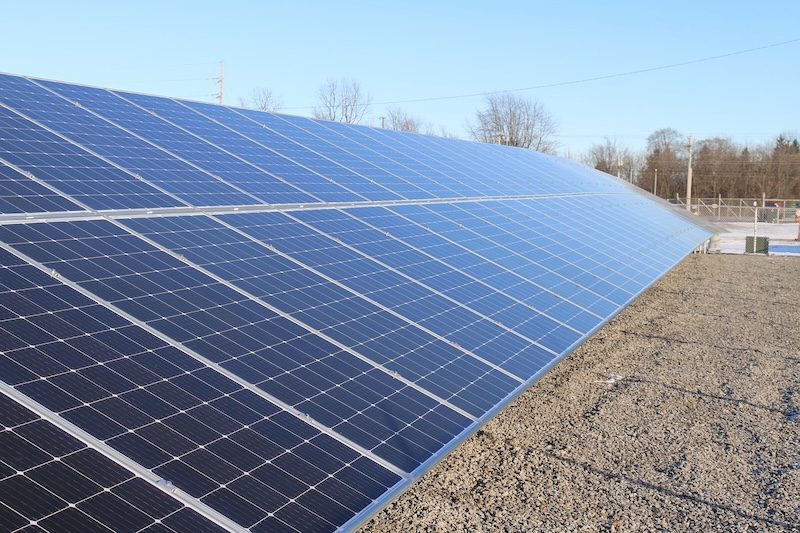Evolving in a Time of Change: Next Steps for Massachusetts “SMART”
The Massachusetts legislature enacted the innovative “Solar Massachusetts Renewable Target” program (SMART) in 2016 to support use and development of solar photovoltaic (PV) generating units by residential, commercial, governmental, and industrial electricity customers. The state Department of Energy Resources (DOER) implemented SMART via 225 CMR 20.00 regulations and additional guidance documents that established program requirements for an initial 1,600 MW solar capacity allotment (later increased to 3,200MW with additional program refinements in 2020). SMART operates in conjunction with the state’s three investor-owned electric utilities (with whom eligible solar facilities must interconnect) and a DOER-appointed Program Administrator. Payment structures to provide additional incentives to develop solar projects in the Commonwealth are complex and include special adders to advance preferred solar programs such as community solar, shared solar units serving low-income communities, and collocated energy storage, among others.

Since 2023, DOER has engaged in a comprehensive review of SMART to evaluate solar costs and project revenues across industry sectors, and to evaluate a wide range of program improvements. This so-called SMART 3.0 process is sparked by concerns that SMART requires substantial additional refinements to improve long-term economic viability for solar projects and meet a wide range of additional environmental and community-based policy goals – most of which will need to be accounted for by Massachusetts solar developers. The SMART 3.0 process is enhanced, and complicated, by the State’s enactment in November 2024 of a Climate Act legislative package that, among other things, mandates implementation of comprehensive reforms of siting and permitting for clean energy infrastructure. See S. 2967 (signed into law November 20, 2024). The combination of the SMART 3.0 changes and the permitting and processing reforms being established in compliance with the Climate Act will affect solar development for many years to come. Key elements are likely to include the following:
Substantially shorter timelines
The impetus for the Climate Act reforms has been the lack of deadlines or coordination for review of large projects by various state and local agencies, and the opportunities for project opponents to pursue multiple legal appeals of each granted permit, delaying for up to a decade and effectively killing otherwise beneficial clean energy projects. The Climate Act’s solution is to mandate and consolidate respective state agency and local permitting processes, with a maximum 15-month limit for issuance of state permits and a 12-month limit for local permits. Failure to issue state or local permits within the outside deadline date could result in constructive approval all permits. The plan is for a new Division of Siting and Permitting at DOER to develop a standard application and uniform set of baseline health, safety, and environmental standards to be used by local decisionmakers when permitting clean energy infrastructure. Once the respective state and local unified permits are issued, state permits would be directly appealed on a unified basis to the state Supreme Judicial Court, and local permits would directly appealed on a unified basis first to the State Energy Facilities Siting Board on a de novo record with a maximum six-month review period, and, from there, directly to the SJC. Communities will automatically be granted intervenor status upon request should the developer appeal any local permitting decision to the EFSB.
The governor’s recommended approach for finalizing these arrangements is to complete a rulemaking, with full public participation, not later than March 2026; the new regulations to be applicable to projects commenced on or after July 1, 2026. Given the complexity of the requirements needed for all these changes, timely completion of these critically important Climate Act regulations could well be challenging. Notwithstanding the challenges to developers in determining best practices for the many requirements to be developed under the Climate Act.
Increased emphasis on public process and Environmental Justice
Notwithstanding the required shorter permit processing times, the Climate Act also has an express goal of emphasizing community engagement in the siting process. Means for achieving this goal will include developer and agency compliance with any requirements and guidelines developed by a new Office of Environmental Justice and Equity and submission by developers of a Cumulative Impact Analysis. The CIA will include a comprehensive analysis of potential environmental, social, and economic impacts of larger new clean energy projects. Regulations regarding these process and public participation changes are also set to be completed by the March 1, 2026 deadline, and will need to be carefully reviewed by developers.
Integrating of changes into SMART 3.0
During its ongoing SMART 3.0 stakeholder processes, DOER has publicly committed to incorporate all applicable new requirements established pursuant to the Climate Act into its SMART 3.0 regulations and guidelines. This could become complicated as recommended permitting processes for large solar projects already require the developer to meet a wide variety of action items — both prior to and during the project development process.

Other key changes
The currently planned changes to SMART 3.0 are too large to fit into a short summary. Highlights would include, but not be limited to (1) a new annual capacity allocation process where developers would need to meet a ten-business-day window each January to request a capacity allocation that would start at 300MW per year, and be allocated across utility service areas proportional to load; (2) an increased emphasis on environmental protection with a mandatory large application fee to retain an outside environmental monitor to confirm compliance with detailed DOER performance standards and advise on minimizing potential environmental impacts, and with increased categorical exclusions from the SMART program if a planned project overlaps with specified environmentally sensitive areas; and (3) consolidation of previously separate community shared solar initiatives with solar projects targeting low-income communities, such that all community solar will now need to serve 40 percent low income customers in order to qualify for SMART fee adders.
Strategic issues going forward
The rapid changes in SMART 3.0 and Climate Act-ordered mandatory changes to siting and permitting of clean energy facilities at the local level are certain to result in very significant changes to solar developer practices once both sets of laws and policies are fully implemented, likely by mid-2026. Even though these changes to SMART 3.0 and the Climate Act represent big wins for most solar developers, the entire industry can expect challenges in learning the many specific requirements that will be developed over the upcoming year-plus rulemaking period and adopting best practices to maximize success in the new environment. Developers will need to devote additional resources to match the new requirements for permitting speed, firm outside deadlines, and diverse workloads associated with simultaneous and overlapping state agency and local permits processes.
Robert Munnelly is a regulatory and business lawyer at the Davis Malm law firm. He has extensive experience dealing with legal issues faced by clients in highly regulated industries. He represents competitive energy, renewable energy, and communications companies nationally, and routinely represents clients in a wide range of regulatory and business issues.
Davis Malm | www.davismalm.com
Author: Robert J. Munnelly, Jr.
Volume: 2025 July/August










.png?r=9496)

